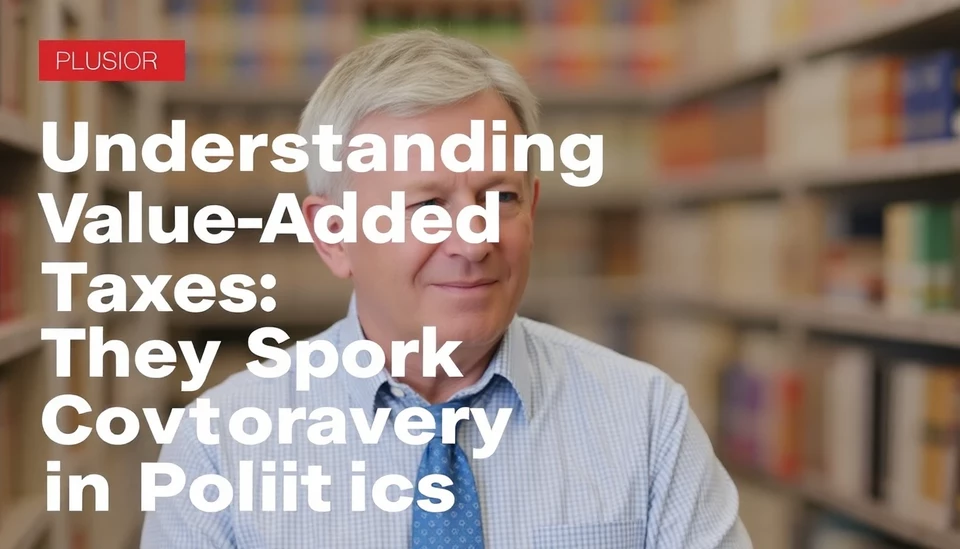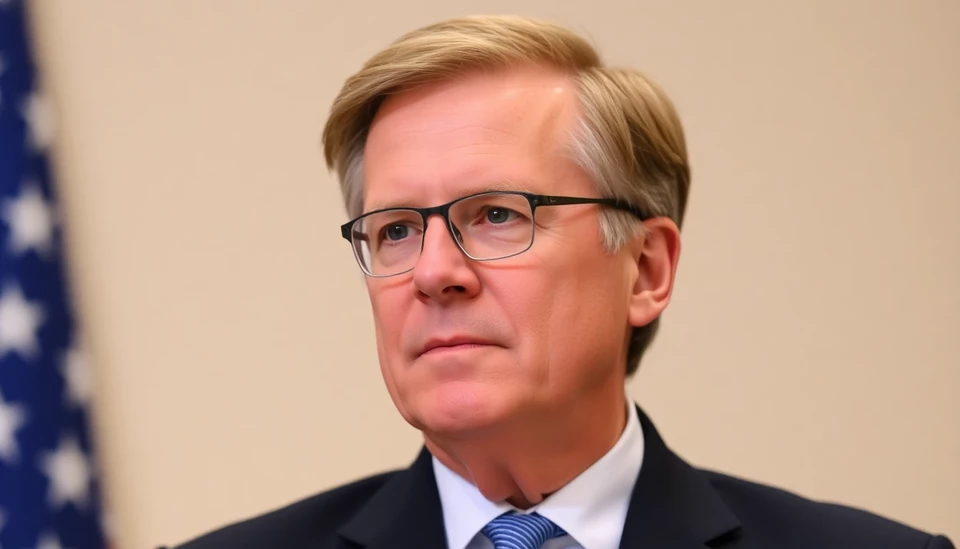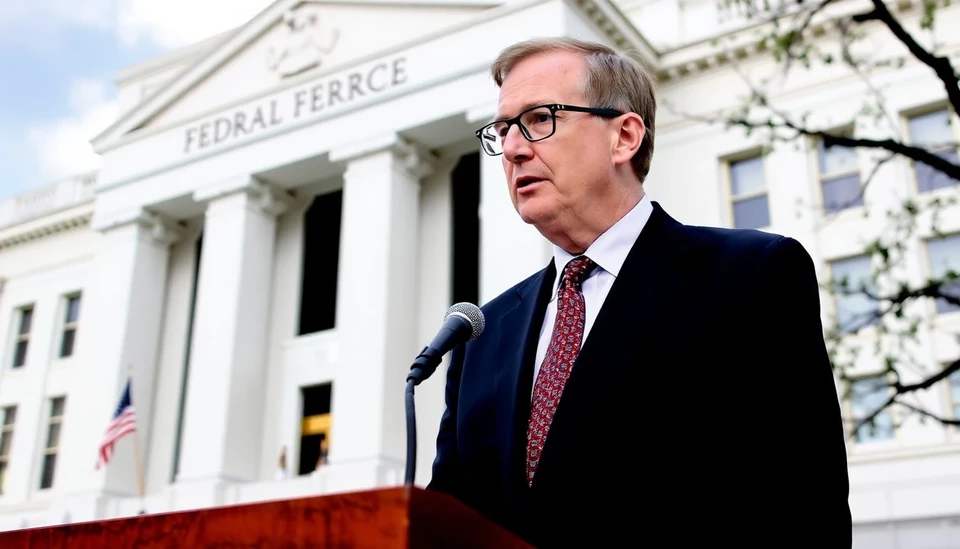
Value-added taxes (VATs) have been the subject of heated debate, particularly among political figures in the United States. Recently, former President Donald Trump has expressed strong opposition to the concept of VATs, positioning himself against their implementation in a potential future tax reform.
So, what exactly is a value-added tax, and why has it become a focal point of contention? A value-added tax is a consumption tax placed on a product whenever value is added at each stage of the supply chain, from production to sale. The VAT system ensures that tax is applied not just on the final sale but also on the added value contributed by businesses at every step of production. In this way, VAT can potentially encourage transparency in business transactions while fostering a more steady income stream for the government.
Countries that have adopted VAT systems, including many in Europe, report considerable success in terms of revenue generation. This tax system is seen as efficient since each stage of production pays only on the value it adds, theoretically making it less susceptible to tax evasion compared to traditional sales taxes. However, Trump’s aversion stems from a belief that VATs disproportionately affect lower and middle-income families. He argues that this tax method would act like a regressive tax, placing a heavier financial burden on those with fewer resources, thereby worsening income inequality.
The former President's critiques highlight his campaign's broader platform of fiscal conservatism, which emphasizes reductions in taxes without introducing new tax mechanisms that could compromise economic growth. Trump’s team has also raised concerns that implementing a VAT could lead to higher prices for consumers, as businesses would likely pass on their tax burdens in the form of increased sale prices.
As America continues to grapple with economic recovery in the post-pandemic era, the debate around VATs may prove significant in shaping future tax policies. While proponents argue for the VAT’s potential benefits in creating a robust revenue base for social programs and infrastructure, opponents fear the risk of escalating costs for everyday Americans.
The tension surrounding VATs also reflects broader ideological divides on taxation and economic policy. As both major political parties in the United States prepare for upcoming elections, the discussions about the merits and drawbacks of implementing a value-added tax will most likely continue to simmer, influencing voters and policy makers alike.
In summary, the controversy surrounding value-added taxes poses vital questions about fairness, economic growth, and the most effective ways to fund government operations. As established economies continue to utilize and refine VAT systems, the U.S. remains on the fence, with active opposition led by voices like Donald Trump aimed at guiding the discourse toward other tax reform solutions.
As the future unfolds, the evolution of this topic will demand attention from economists, politicians, and citizens alike, as its implications could redefine fiscal structures in one of the world's largest economies.
#ValueAddedTax #TaxReform #Trump #Economics #TaxationDebate #SocialImpact #PolicyDebate
Author: Daniel Foster




